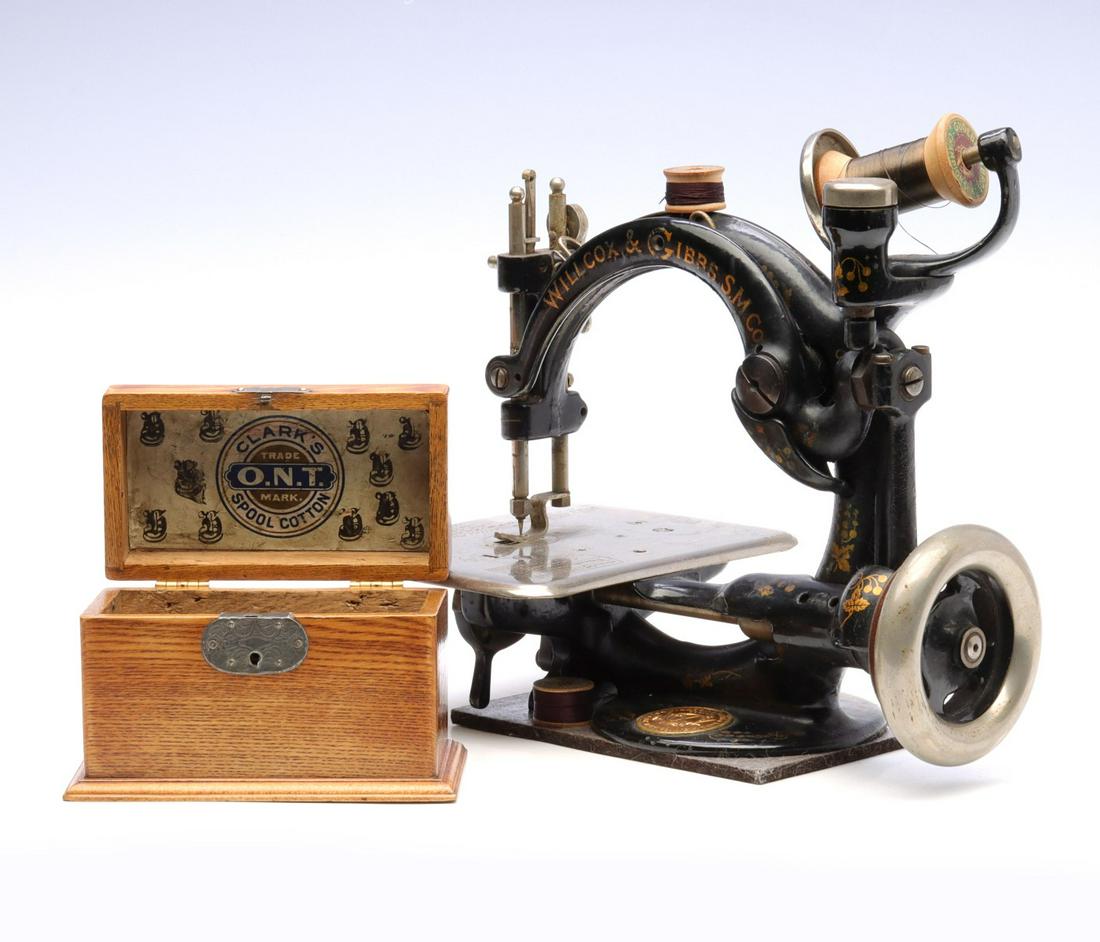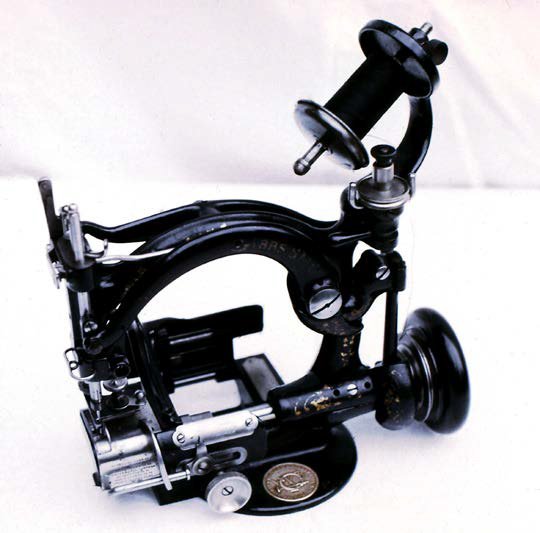


John's wife, Annette, ensured Campbell's wishes and the Willcox and Gibbs chainstitch treadle machine was donated from the estate of Campbell Irving in June, 2015. Campbell Irving was a volunteer at the Nyngan Museum, with many artefacts bearing his name. By 1871 the Company's Chief Office for Europe was at 150 Cheapside, London, this office was later moved (post 1885) to 94 - 96 Wigmore Street, then 37 & 39 Moorgate Street (by 1891 to. Gibbs and James Willcox and opened its London Office in 1859 at 135 Regent Street.

For the love of the machine and its wonderful history. We also include other chain stitch machine owners, including badged and copies (aka clones). The machine belonged to John and Campbell Irving's grandmother, Ida Louisa Irving (nee Campbell). The Willcox & Gibbs Sewing Machine Company was founded in 1857 by James E. Willcox & Gibbs Sewing Machines WillcoxandGibbsSewingMachinesgroups.io A discussion group for collectors and users of Willcox and Gibbs Sewing Machines, especially chain stitch machines. The cast iron foot tread has two feet shapes joined by a central design resembling a butterfly. There is a lever under the plate that could be changed and the dial shows through a hole on the plate to display the number of stitches per inch. The table showed which thread type to use for different silks, the needle size and the stitch length. The plate also contains a table of information for all your sewing needs. Gibbs and James Willcox, opening its London Office in 1859 at 135.
#Willcox gibbs history serial number
The serial number indicates that our machine was made soon after 1876, but more accurate information is not available. The Willcox & Gibbs Sewing Machine Company was started in 1857 by James E. To the right of the plate is 'Under Royal Letters Patent James Willcox July 4-71', which would be the patent date for this machine. It has 3 Feed Rows in a Wide pattern and Course Pitch. Manufactured in Japan by the Pegasus Sewing Machine Manufacturing Company According to Willcox& Gibbs literature the 31 is designed for Seaming of Heavy Woven fabric. Willcox and this machine was manufactured using the combined patents. This is a Willcox& Gibbs Type 515/IV-31(500/ IV) Overlock& Safety Stitch. The simple chain or tambour stitch machine was invented by James Gibbs of Virginia, in 1857. With a brief outline of its history and that of preceding inventions.Visible stitch straw hat sewing machine including bag sewing machines.Willcox and Gibbs sectional power tabling and individual motor tables.O and description of its use list of Willcox and Gibbs Sewing Machine Company branches. The sewing machine runs with a single thread to produce a chain stitch. Perhaps they felt the machine would not be still around 100 years later and did not need to include the century on the date. The metal sewing plate of the Willcox and Gibbs machine contains a plethora of information regarding patent dates. When the cover is in place, it resembles a wooden casket, and for that reason machines with the wooden covers were often referred to as 'Coffin Tops'. If you do not see the sewing machine or serger/overlocker parts you are searching for, please contact us at. The oldest sewing machine on display is a Willcox and Gibbs Machine mounted on a base with a cast iron treadle mechanism. Choose from a range of Willcox & Gibbs sewing machine and serger parts. in 1993 and a year later the subsidiary was consolidated with the Southern Electric Supply Group and Summers Group, Inc.People who visit the museum are always fascinated by our fabulous collection of sewing machines. Controlling interest in the company were acquired by Rexel, S.A. In the same year, its operations in England and France were sold to G. In 1982, Willcox & Gibbs sold its domestic sewing machine business to Pfaff-Pegasus of U.S.A., Inc. In November 1976, the firm filed for reorganization due to profit losses. Its industry was sewing machines and yarn and its place of operation remained in New York City, New York. James Gibbs and Charles Willcox has obtained a few patents( major one 17.427 on June 2, 1857) and few other patents for the method of removing the twists in the thread that caused so many missed stitches on the early models and also a patent for noise reduction on the feed. though based on the foot pedal design, this one is newer than that. Well, I guess 1910-1920 is post civil war. One even says 'post civil war era' and then goes on to say even the foot pedal (electric of course) is original Willcox & Gibbs. Gibbs and James Willcox in New York City, New York. Oh my, I just searched eBay and there are several new listings for 1883 Willcox & Gibbs. The Willcox & Gibbs Sewing Machine Company was founded in 1859 (incorporated 1866) by James E.


 0 kommentar(er)
0 kommentar(er)
